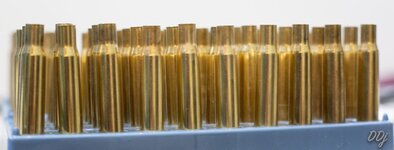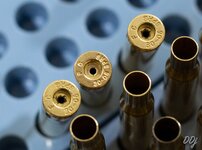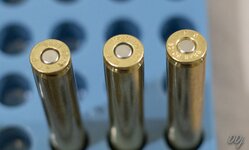Bronze Lifetime
- Messages
- 4,918
- Reactions
- 12,973
I don't have much to add to the conversation, other than it's nice to see someone taking an interest in the technical aspects of reloading when starting out.
Everyone I've ever helped get set up to reload just wanted to turn out cheap ammo. More than once they just gave up and wanted me to load for them (no thanks).
I suspect that a person's occupation (and therefore mindset) could have something to do with that. Those of us who live day to day focusing on technical details are likely to be more detail oriented in our hobbies.
Everyone I've ever helped get set up to reload just wanted to turn out cheap ammo. More than once they just gave up and wanted me to load for them (no thanks).
I suspect that a person's occupation (and therefore mindset) could have something to do with that. Those of us who live day to day focusing on technical details are likely to be more detail oriented in our hobbies.















